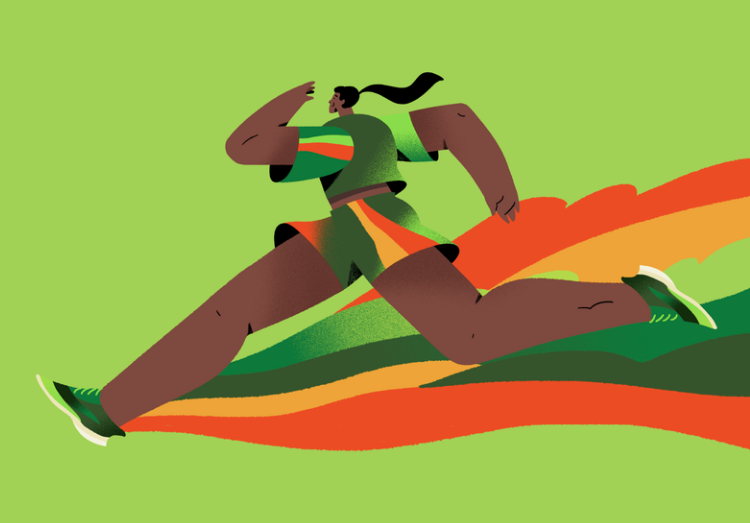
PHYSICAL WELLNESS
WHAT IS PHYSICAL HEALTH / WELLBEING?
- listening to and taking care of your body for optimal health and functioning
It involves making good choices when it comes to:
Alcohol
Knowing and sticking to your limits
Flu and colds prevention
Taking care of yourself by eating healthy meals and getting enough sleep
Illness prevention
Listening to your body and recognizing early signs of illness
Keeping informed about health issues and illness/injury prevention
Nutrition
Responding to signals of hunger and fullness
Accepting and loving your body and all it does for you
Allowing only positive thoughts/comments about your body
Staying hydrated
Physical activity + Body movement
Being active helps maintain healthy bones, muscles and joints.
Exercise decreases risk of health problems and feelings of anxiety and depression
Helps prevent and manage stress
Promotes mental well-being
Sexual health
Is about the expression of body, mind, and spirit
Means that we see our sexuality as a healthy and natural aspect of who we are
Is how we express ourselves and our feelings for others
Is about understanding yourself as a gendered individual
Sleep
Getting consistent and adequate sleep helps your body and mind rest and repair.
Protects you from illness and helps regulate weight.
Allows you to be more productive and creative.
Maintains mental health and increases your ability to retain and process information and solve problems.
Create a sleep space that is inviting, peaceful, dark and quiet.
Don't exercise, work or study right up until you go to bed. Take time to relax.
Limit the activities you do in bed so your body recognizes it as a place to rest and relax.
Naps are okay if they are not your primary way of getting sleep. Limit the length so they don't interfere with your ability to sleep at night.
Stress
Stress is the physical, emotional, and mental response to change.
Stress may be beneficial when it serves as positive motivation, such as when writing a paper or playing a sport.
Excessive negative stress may be a key element in half of all illnesses.
Your stress level affects your immune and nervous systems, heart, metabolism and hormones.
Common signs of stress include: eating issues, sleeping problems, decision-making issues, procrastination, anger, crying often, frequent illness, and substance abuse.
Quick stress reducers: exercise, spending time with friends, a good yell/cry.
Take time for yourself. Make self-care a priority. Find time to relax every day, if only for a moment or two.
Stress is a normal part of life. Learning how to manage stress means knowing what stresses you, expressing your feelings, caring for your body, and not being afraid to ask for help.
Organization may help to reduce stress. Make to-do lists and prioritize your tasks. Tackle one thing at a time.
Learning to say "no" is an important part of stress reduction. Know and accept your limits.
Practice self-love. Self esteem is critical to stress management. Reinforce positivity by surrounding yourself with positive people.
IMPORTANCE
Physical activity keeps the body strong and healthy and can improve mental health by decreasing symptoms of depression, anxiety, pain and loneliness.
Physical activity can also improve focus, school performance, sleep and energy levels.
Improved relationships and a more positive body image.
Helps develop a child's fundamental movement skills
Helps maintain a healthy body weight physical activity can help build healthy bones, muscles, heart and lungs
Helps you keep a healthy body weight
Can help ease symptoms of premenstrual syndrome in girls due to production of endorphins. These hormones are natural painkillers that can ease cramps and back pain as well as improve mood.
Leads to improved motor skills, better thinking and problem-solving, stronger attention skills and improved learning
RESOURCES
"Physical Wellness Toolkit." National Institutes of Health (NIH), 10 Sept. 2019, www.nih.gov/health-information/physical-wellness-toolkit.
Public Health Agency of Canada. "Physical Activity and Your Health - Canada.Ca." Canada.Ca, www.canada.ca/en/public-health/services/being-active/physical-activity-your-health.html.
Roddick, Contributed By Marjie L. "The 8 Dimensions of Wellness: Where Do You Fit In?" GoodTherapy.Org Therapy Blog, 27 May 2016, www.goodtherapy.org/blog/8-dimensions-of-wellness-where-do-you-fit-in-0527164.

